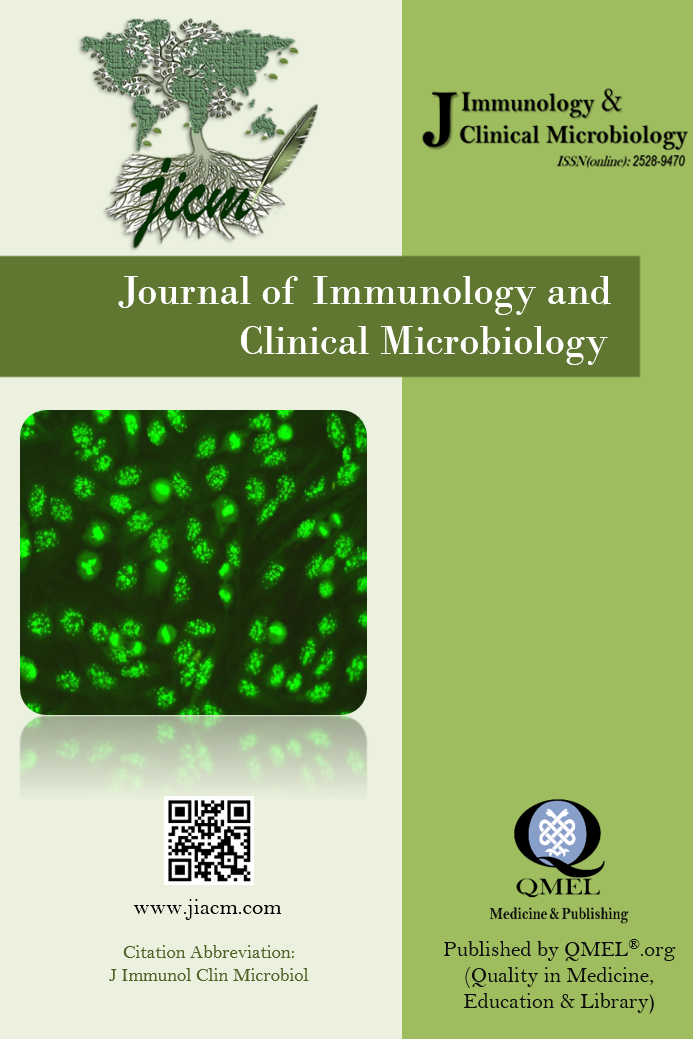Comment on : 'Distribution, phenotypic characterisation and antibiogram of bacterial species from hospital environment in Nigeria: Public health implications'
Comment on : 'Distribution, phenotypic characterisation and antibiogram of bacterial species from hospital environment in Nigeria: Public health implications'
Sir,I read with interest the article by Onuoha et al. entitled 'Distribution, phenotypic characterisation and antibiogram of bacterial species from hospital environment in Nigeria: Public health implications'. The authors performed antimicrobial susceptibility testing for the bacteria that were isolated from various surfaces of a federal teaching hospital. The authors used disk diffusion method for the detection of vancomycin resistance among S. aureus isolates. According to current guidelines, the disk diffusion test with vancomycin is unreliable and should not be used for the detection of vancomycin resistance in S. aureus. Clinical and Laboratory standards Institute (CLSI) and European Committee on Antimicrobial Susceptibility Testing (EUCAST) recommend vancomycin MIC testing to determine the susceptibility of staphylococci to vancomycin. The authors also performed antimicrobial susceptibility testing for Salmonella spp. and Shigella spp. isolates. They included cephalothin (a first generation cephalosporin), cefuroxime (a second generation cephalosporin), streptomycin and gentamicin (aminoglycosides) among the antimicrobial agents tested against the isolates of Salmonella spp. and Shigella spp. According to CLSI guidelines, first and second generation cephalosporins, cephamycins and aminoglycosides may appear active in vitro, but these agents are clinically ineffective and shouldn't be reported as susceptible.
___
- 1. Clinical and Laboratory Standards Institute (CLSI). Performance Standards for Antimicrobial Susceptibility Testing: Twenty-eighth Informational Supplement M100-S28, Wayne, PA (USA), 2018.
- 2. EUCAST. Breakpoint Tables for Interpretation of MICs and Zone Diameters, Version 9.0 http://www.eucast.org/clinical_breakpoints/ (March 2019, date last accessed)
- 3. Mirza HC. Glycopeptide resistance in S. aureus. In: Enany S, Alexander LE, eds. The rise of virulence and antibiotic resistance in Staphylococcus aureus. Croatia: InTech; 2017. p. 43-59.
- 4. Gardete S, Tomasz A. Mechanisms of vancomycin resistance in Staphylococcus aureus. J Clin Invest. 2014; 124(7): 2836-40.
- Yayın Aralığı: Yılda 4 Sayı
- Başlangıç: 2016
- Yayıncı: Erkan YULA
